Updated November 2020
The true measure of any society can be found in how it treats its most vulnerable members.
Mahatma Gandhi
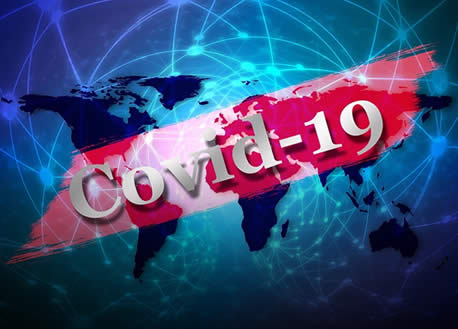 Because of the impact of the pandemic, this page features the variety of creative responses implemented by brain injury societies in BC.
Because of the impact of the pandemic, this page features the variety of creative responses implemented by brain injury societies in BC.
The ability to adjust and adapt is one of the many strengths of the community-led non-profit sector.
COVID-19 and the restrictions that this crisis has necessitated, have resulted in dramatic changes to all services, so it is essential that services for people with brain injuries are responsive, flexible and based on client needs.
Within weeks of COVID-19 restrictions in March 2020, Alliance member agencies had changed the way they provide services.
Safety measures were put in place, as required by Public Health, government, and sound judgement.
Clients were reassured that services would continue, and many agencies quickly established systems for staff and clients to check-in by phone to ensure that physical and mental health issues were addressed as quickly as possible.
Funds we received from BIA (Alliance) has made a significant difference … especially because of COVID-19. With many of our programs having to be modified to accommodate the One-on- One Support, the grant from BIA has helped make it possible as One-on-One Support was vital for many of our members well being both for their physical and mental health…
Campbell River Head Injury Support Society
Simply moving everything to an online format doesn’t meet the needs of those individuals that can’t access technology (financially or cognitively), so brain injury societies and the people they serve stepped up to make the changes from COVID-19 as seamless as possible for their clients.
Judy, a person with acquired brain injury with Fraser Valley Brain Injury Association said it well:
“Be safe, be well and be the person that stepped up and made a difference.”
Judy isn’t just ‘good with words’. She made more than two hundred (200) masks and has donated them to the Sterilization Unit at the hospital, to her veterinarian’s office, Fraser Valley Brain Injury Association and to a person that works with seniors.
[one_half]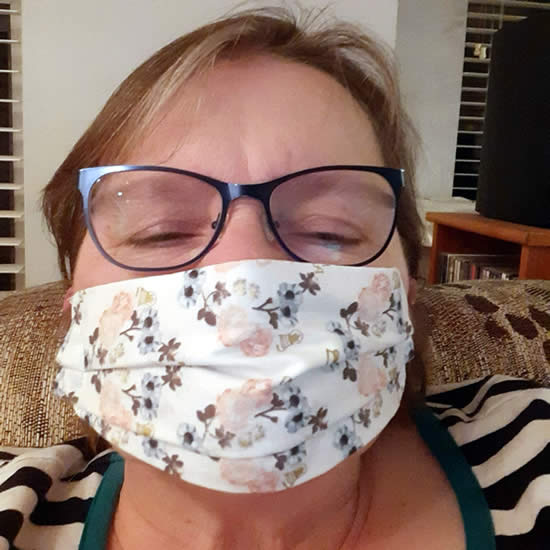 [/one_half][one_half_last]
[/one_half][one_half_last]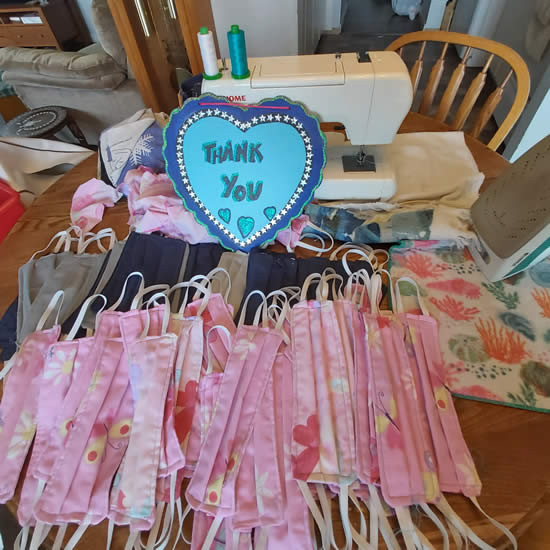 [/one_half_last]
[/one_half_last]
Covid resulted in fewer (new) clients but an increase in need.
Alliance member agencies report that 18 out of 33 client services programs have seen slight reductions in the number of clients served.
With COVID-19, the numbers are down … however, with the (Alliance) funding we were able to have an extra staff (to COVID-19 clean) to allow for programming to start up in house again. This allowed clients who were having a more challenging time with technology, to still participate in the program.
Campbell River Brain Injury Society
The fact that some agencies saw slight reductions in overall client numbers allowed agencies to increase service to individuals that needed more service at this time. As many of the group programs were no longer running, more one to one support was required, which is more labour intensive and time consuming.
One to One Support
One to one services continued through COVID-19 as a primary service.
“Although overall (client) numbers are lower than projected, we found that some clients needed more and different types of support during this time. Referrals from the hospital were down significantly as well due to COVID-19”. Nanaimo Brain Injury Society
Case management was provided over the phone and most agencies were able to institute safety policies and continue with some more limited face to face service.
The need for one to one service remained as the most important service delivery option for many survivors:
“PG BIG was able to provide a total of 251 session of various health/health professional supports during this time. The quarterly rate of this increased from March-June as we were assisting individuals to navigate our healthcare system & seek additional supports due to the COVID-19 pandemic. This support was critical in ensuring individuals at risk received appropriate testing & care as well as alleviated stress on our health care systems. PG BIG also assisted with 97 sessions regarding housing – whether it be acquiring or maintaining suitable housing”.
Prince George Brain Injured Group
Some agencies started additional services including food delivery, with food donated by food banks, supplying phones or internet access, courtesy of Telus, to clients to facilitate them to remain at home and to ensure safety calls were possible.
We delivered mail and created engaging weekly newsletters to stay connected to clients advise of constant changes, offered wellness activities such as remote counselling sessions, mindfulness and journaling and delivered hot meals to clients in need.
Comox Valley Brain Injury Society
One extremely critical piece these Alliance funds provide is the ability of the Community Outreach Worker to mobilize and transport individuals to foods banks and soup kitchens. Having funded hours to do this, for those not covered by a health authority, is absolutely essential to their health and well-being.
Kootenay Brain Injury Association
Group Programs
Classes & group programs remained a priority.
For most brain injury societies, classes and group programs were initially postponed but it wasn’t long before they resumed again via ZOOM, for those able to benefit from that function. Facebook Live became a great way to deliver short classes on brain injury effects and strategies.
Due to the public nature of this medium, interaction was reduced, but numbers of participants exceeded actual active clients.
Due to the distance between communities in the north, Northern Brain Injury Association has always done a good part of their work by phone and over the internet. They found that their COVID-19 transition for group services didn’t change very much from their normal activities and they were able to share some of their experience with remote programming with other brain injury societies.
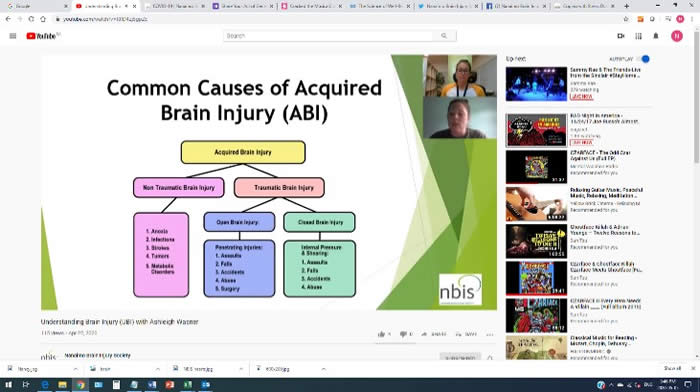
Intro to Brain Injury was presented to over 70 individuals in 7 different communities. Virtual presentations were offered to those clients in remote areas and to communities impacted by COVID-19. Professionals in several communities also accessed services that assist in educating and bringing awareness to ABI causes and prevention.
Northern Brain Injury Association
The importance of social connection and self-care strategies for our clients became more evident during COVID-19. In response to the increase in mental health challenges and social isolation, we pivoted to offer remote (Zoom) and socially distanced group programs that helped decrease social isolation and mental health challenges for our clients, brought on by the pandemic.
Braintrust
People with Brain injuries who rely on brain injury society services
also stepped up to help with COVID- 19 related changes.
In This Together
During the early days of the pandemic long term care facilities were completely shut down across the country for the safety of residents. One of the people served by the Northern Brain Injury Association had recently been moved into long term care. His friends gathered on the facility lawn for his 72nd birthday.
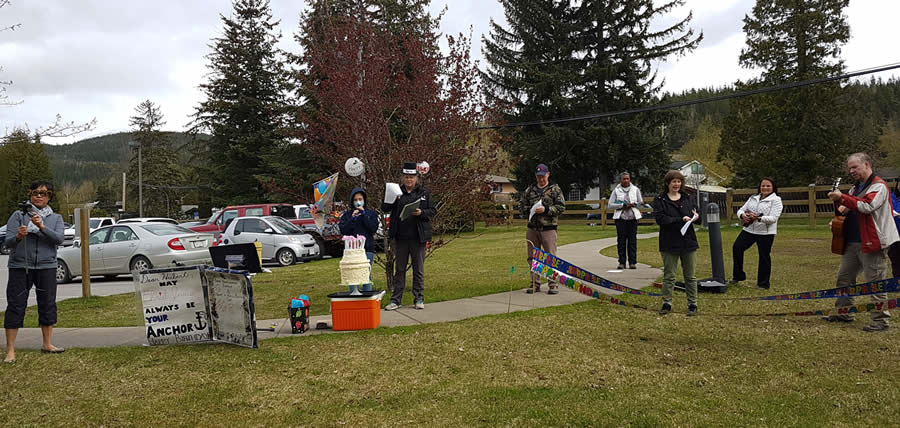
…we showed up with banners, balloons, a 2-foot (pretend) cake, and a poster-sized Greeting Card. Then with guitars and ukuleles in hand we all stood six feet apart on the grass and sang Happy Birthday, along with a couple other favourite golden oldies to cheer him up as he watched from his balcony. Other residents came out on their balconies too, and staff also joined in on the occasion. There were a few tears from Hubert when he said, “Thank-you. This is the best birthday I have ever had!
The garden program is an important component of service for people living in Powell River. The therapeutic value of shared activity, skill development and supplemental food resources are even more important in crisis times.
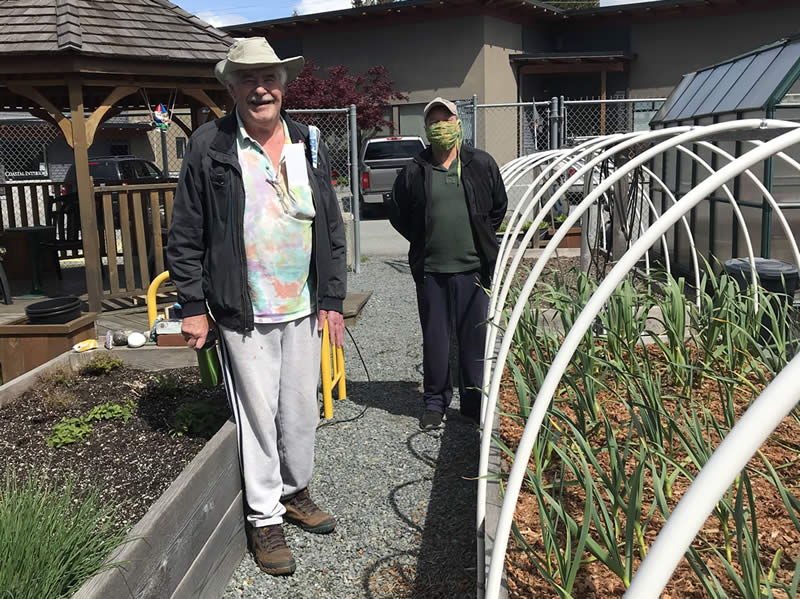
The garden was deemed as an essential service by the board of directors…Being able to provide this food for our clients, who for the most part are all living on small incomes so extra food is always welcome.
Powell River Brain Injury Society
Injury Prevention and Community Education
The reinvention of these important services was addressed once brain injury societies had dealt with the immediate changes needed to serve clients. But soon, COVID-19 Friendly initiatives emerged:
The new COVID-19 phenomenon, the Car Parade.
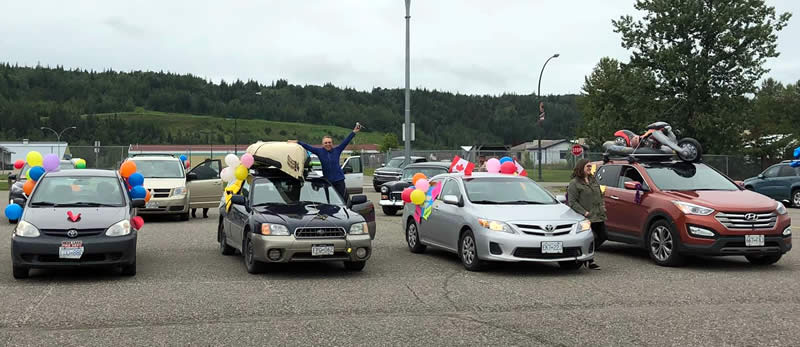
We also facilitated bike rodeos (distanced) and information booths, we participated in car parades which was a great way to bring awareness to our community – we actually held our own Brain Injury Awareness Car Parade. It was a huge success. There were 30 vehicles (2-3 participants in each), that were police escorted around the city. Each vehicle was decorated with various brain injury facts, decorations and causes of injury.
Prince George Brain Injured Group.
This year due to COVID-19 and related school closures during the time period where we typically run our classroom programs, we did not meet our projected numbers. However, NBIS created and shared a number of on-line educational programs with clients and the public.
Nanaimo Brain Injury Association
The Fraser Valley Brain Injury Association reached out to a large audience with their Kids Colouring Contest in seven (7) local newspapers and wide distribution through social media. Choosing the winners from the 75 submissions was such a challenge, they chose seven (7) of them.
Although many of the events we normally attend had to cancel due to COVID-19, we were able to create some new awareness opportunities including a Brain Injury Awareness colouring contest through seven (7) local papers. Readership throughout those communities is listed as 101,000 people with online exposure and home delivery.
Fraser Valley Brain Injury Association
[one_half]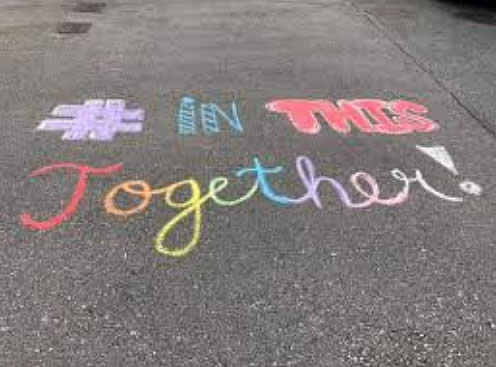 [/one_half][one_half_last]
[/one_half][one_half_last]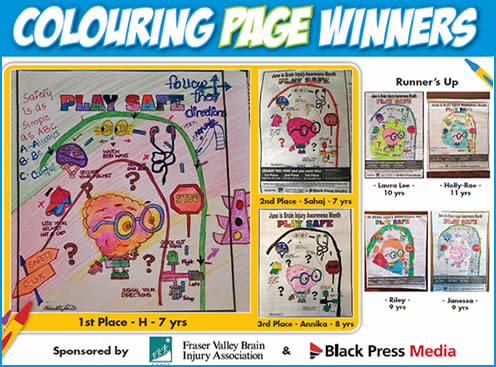 [/one_half_last]
[/one_half_last]
“This spring we were challenged with COVID-19 restrictions. We are now presenting online and attending farmer’s markets”.
Kamloops Brain Injury Association
In Penticton, South Okanagan Similkameen Brain Injury Society increased their social media content and experienced 25,000 views on social media. Similarly, Victoria Brain Injury Society increased their social media reach by 48%.
Click Here To View “Adapting To Covid-19 Stories” From Our Members
